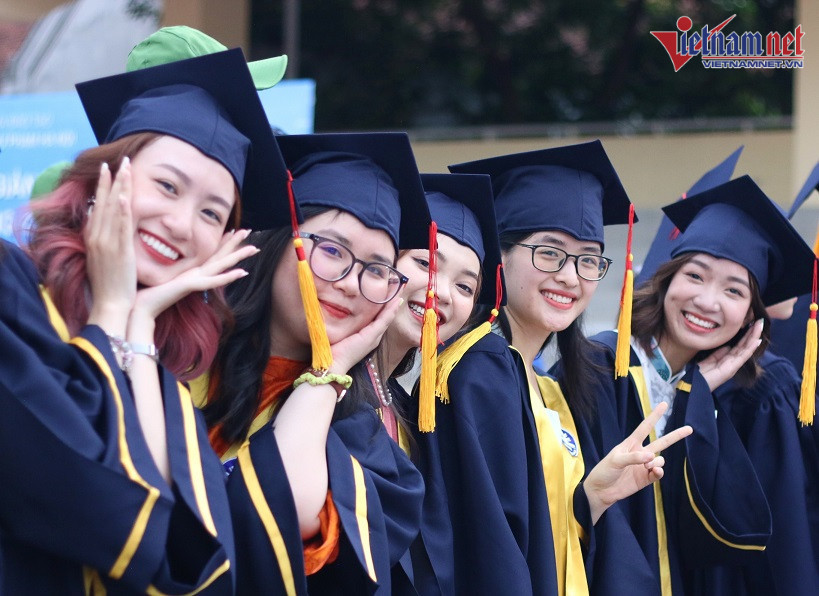
Many university graduates cannot find jobs as they can’t satisfy requirements, which is a long lasting problem in Vietnam. ‘There are too many chiefs while not enough Indians’ is a chronic disease. While the number of candidates with higher academic education levels is abundant, the number of skilled workers remains modest.
Mobilizing different resources in the society for higher education, thus bringing more study opportunities to students, is a good policy to improve the quality of Vietnam’s workforce.
However, the mass development of hundreds of universities in recent years with unprepared facilities, staff and management apparatus has resulted in the low quality of training. At seminars on human resources development, employers keep complaining that university graduates cannot satisfy their requirements.
Experts point out that the problem lies in the unreasonable teaching method. At many schools, the “lecturers lecture, students write down’ teaching method is still applied. At some top-tier universities, one lecturer has 1,000 or 2,000 teaching hours per annum.
Since the ratio of lecturers to students is high, many lecturers have to spend time to travel between different training establishments, and they don’t have time for research and knowledge updating.
Two thirds of individuals with high academic degrees and titles work as managerial officers, but don’t carry out teaching and research so as to impart their knowledge and experience to students.
Only 100 candidates were selected out of 2,000 candidates for an internship program Viettel Digital Talent. Of the 100 candidates,75percent believe the knowledge they receive from schools just satisfies 75 percent of requirements at work, while 2 percent think the knowledge can satisfy 90 percent, according to a Viettel representative.
University reports show a high percentage of good and excellent graduates. The figure is 70 percent for economics schools and 30 percent for polytechnic schools. However, the increase in number of excellent graduates doesn’t mean high training quality, but is the result of school assessment methods.
The current educational system emphasizes theoretical lessons, and doesn’t pay appropriate attention to practice hours. Students are given academic theoretical knowledge, but not given opportunities for research projects. In addition, there is no connectivity between different education levels.
Van Thieng